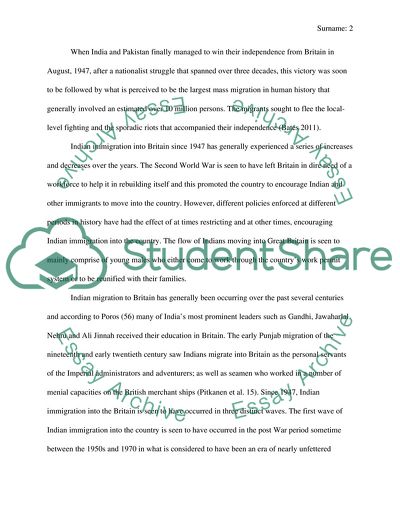Cite this document
(Indian Emigration to Great Britain After 1947 Coursework Example | Topics and Well Written Essays - 2500 words, n.d.)
Indian Emigration to Great Britain After 1947 Coursework Example | Topics and Well Written Essays - 2500 words. https://studentshare.org/politics/1826872-indian-emigration-to-great-britain-after-1947
Indian Emigration to Great Britain After 1947 Coursework Example | Topics and Well Written Essays - 2500 words. https://studentshare.org/politics/1826872-indian-emigration-to-great-britain-after-1947
(Indian Emigration to Great Britain After 1947 Coursework Example | Topics and Well Written Essays - 2500 Words)
Indian Emigration to Great Britain After 1947 Coursework Example | Topics and Well Written Essays - 2500 Words. https://studentshare.org/politics/1826872-indian-emigration-to-great-britain-after-1947.
Indian Emigration to Great Britain After 1947 Coursework Example | Topics and Well Written Essays - 2500 Words. https://studentshare.org/politics/1826872-indian-emigration-to-great-britain-after-1947.
“Indian Emigration to Great Britain After 1947 Coursework Example | Topics and Well Written Essays - 2500 Words”. https://studentshare.org/politics/1826872-indian-emigration-to-great-britain-after-1947.


